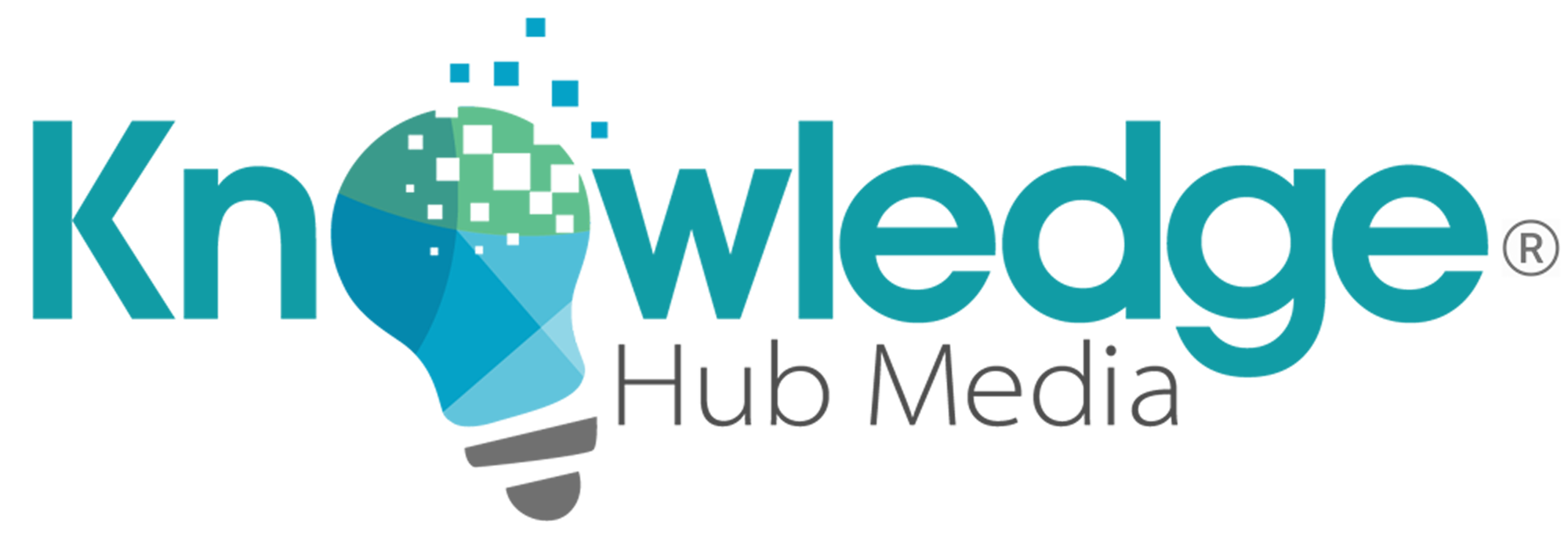 In the age of sophisticated analytics and AI-powered attribution tools, it might seem like marketers can track every click, share, and conversion. But there’s a massive blind spot hiding in plain sight, and it’s reshaping how people actually discover and engage with your brand.
In the age of sophisticated analytics and AI-powered attribution tools, it might seem like marketers can track every click, share, and conversion. But there’s a massive blind spot hiding in plain sight, and it’s reshaping how people actually discover and engage with your brand.
It’s called dark social, and, if you’re not paying attention to it, you’re missing a huge part of your marketing influence.
What Is Dark Social?
Dark social refers to all the web traffic and content shares that happen in private, “untrackable channels”. That includes:
-
Links shared through email
-
Content passed along in Slack, Microsoft Teams, or Discord
-
DMs on LinkedIn, Twitter, Instagram, or WhatsApp
-
Even internal company threads or private community groups
Because these channels don’t send referral data the way public platforms do, all that activity shows up in your analytics as “direct traffic” or disappears entirely. The result? You can’t tell how that prospect really found you.
Why Dark Social Matters More Than Ever
In 2025, the B2B buyer journey isn’t linear… it’s chaotic. Buyers are talking to peers in private, sharing screenshots in group chats, forwarding links, and researching independently, all without filling out a form or clicking a trackable ad.
According to LinkedIn and multiple marketing studies, peer-to-peer recommendations and private community chatter are now among the most influential buying factors, but they’re almost invisible to attribution models.
In other words, your best content may be driving decisions… without ever getting credit.
How to Understand and Spot Dark Social in Action
You can’t fully “track” dark social, but you can identify patterns and clues that signal it’s working:
-
Look at spikes in direct traffic to specific pages or blogs
-
Monitor branded search volume since people may have learned about you elsewhere
-
Ask new leads “Where did you hear about us?” and make it open-ended
-
Track anecdotal feedback from sales teams. These are prospects referencing content that didn’t come through known funnels
Some tools, like UTM links, branded short URLs, and next-gen attribution platforms (e.g., HockeyStack, Dreamdata), can help you better infer dark social impact — but don’t expect perfect data.
How to Use Dark Social in Your Marketing Strategy
You can’t control dark social, but you can fuel it. Here’s how to build a strategy that plays to its strengths:
1. Make Content Inherently Shareable
-
Keep it clear, concise, and skimmable
-
Use formats that people want to share (e.g., one-pagers, checklists, short videos)
-
Add quick insights, stats, or visual takeaways people can screenshot
2. Lean Into Community-Led Growth
-
Join or sponsor industry Slack groups, LinkedIn communities, or Discord servers
-
Empower employees and fans to organically share content
-
Focus on trust-building, not just conversion
3. Encourage Word-of-Mouth Sharing
-
Add “share via email” or “copy link” buttons
-
Send newsletter content that’s easy to forward
-
Create dark-social-friendly assets (e.g., product explainers in PDF or video)
4. Listen First, Then Amplify
-
Monitor what people say about your brand in forums or groups
-
Use those conversations to create relevant, authentic content
-
Highlight real buyer stories and peer advice in your own channels
Final Thoughts
Dark social isn’t a threat. It’s a massive opportunity. While it can’t be fully measured, it can absolutely be influenced.
The key is to stop obsessing over perfect attribution and start focusing on what actually drives trust and sharing in the real world. The more valuable your content is in private conversations, the more powerful your brand becomes, even if you can’t always see it.
